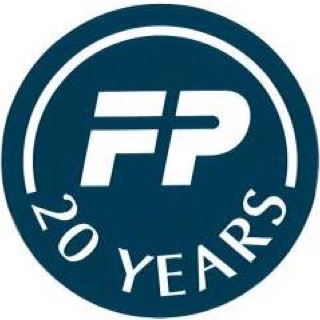Information
-
Inspection No.:
-
Inspection Date:
-
Date of Last Inspection
-
Project Name:
-
Inspection Conducted by:
-
Note: Use of this form is not intended to be all encompassing, but is to be used to assist those responsible for implementation of equipment inspections, practices, and general compliance with OSHA and other applicable standards. This form will be used on a daily basis and all items noted for correction are to be monitored until noted as corrected on this form. A copy of this form is to remain onsite in the field office and stored in FP's database.
Equipment Type:
-
Is the equipment owner by FP or is the equipment a rental? If it is a rental, who is the rental company?
-
Does the equipment have an identification number? If so, what is that identification number?
-
What is the current odometer reading for the vehicle?
Standard items to be inspected on all equipment (if applicable):
-
Are all the light on the equipment in working order (head lights, tail lights, parking lights, dash, and signal lights)? If not, what is the corrective action?
-
Are the mirrors in good working order and adjusted properly? If not, what is the corrective action?
-
Are the fenders and body in good working order? If not, what is the corrective action?
-
If the equipment has a ROPS (Roll Over Protection System), is it in good working order? If not, what is the corrective action?
-
Are all hoses, hidden and exposed, in good working order? If not, what is the corrective action?
-
Are the tires/rims on the equipment properly inflated, free of damage and in good working order? If not, what in the corrective action?
-
Are any guards, the equipment may have, in good working order? If not, what is the corrective action?
-
Is the equipment equipped with a seat belt, is it in good working order? If not, what is the corrective action?
-
Is the vehicle equipped with a backup alarm and is it in good working order? If not, what is the corrective action?
-
Is the vehicle equipped with a safety equipment - fire extinguisher, reflective triangles...? Is the fire extinguisher charged, inspected, and in good working order? If not, what is the corrective action?
-
Does the equipment has glass or plastic windows? Are they in good working order? If not, what is the corrective action?
-
Is the equipment equipped with a parking break? Is the parking break in good working order? If not, what is the corrective action?
-
Is the heater and defroster in working order? If not, what is the corrective action?
-
Are the coupling devices and hitch in good working order? If not, what is the corrective action?
-
Does the vehicle have proper working exhaust? If not, what is the corrective action?
-
Is the front and rear axle is good condition and showing no signs of leaks? If not, what is the corrective action?
-
Is the vehicles horn in working order? It not, what is the corrective action?
-
Is the vehicles steering working properly? If not, what is the corrective action.
-
Are the vehicles window wiper working properly? If not, what is the corrective action?
-
Does the equipment have the proper amount of fluids: coolant, transmission fluid, engine oil, and hydraulic fluid? If not, what is the corrective action?
-
Has the fuel level been checked and is it adequate for the days work (1/4 tank minimum)? If not, what is the corrective action?
-
Has the equipment been checked for visual leaks? If the equipment has leaks, what is he corrective action?
-
Has the battery or batteries for the equipment been checked for leaks, corrosion, or other damage? If any issue are found what is he corrective action?
-
Has a full function test been performed on the equipment? Is any issues are found, what is the corrective action?
Equipment Inspection Completion and Summary:
-
Comments or explanation of issues:
-
Corrective actions required, if any:
Equipment inspection Sign-off:
-
Signature:









